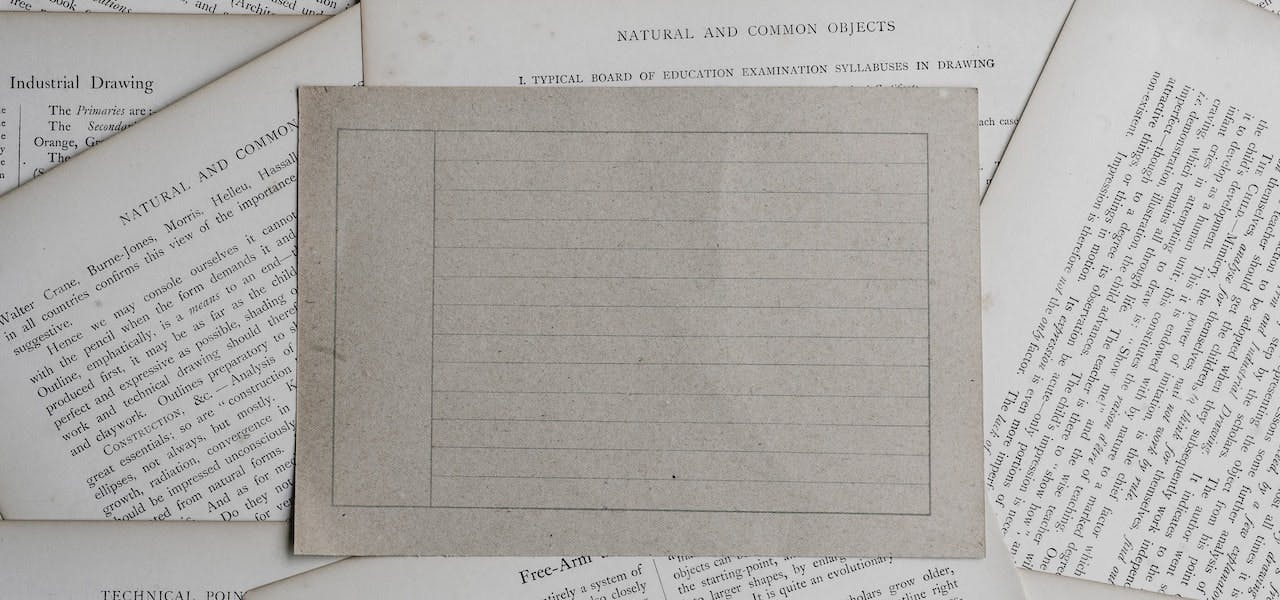Traditionally, research papers were only available through print publications through publishers that usually had a strict set of criteria the work had to meet before it was approved to be in the journal. The advent and success of the Digital Era has changed this, making it fairly straightforward and simple for scholars to publish their work via electronic mediums.
However, this ease of access makes it possible for research to make it to publication without being scrutinized carefully for errors, and once errors are detected, the paper has to be retracted. Most of the time these errors are minor, frequently regarding demographics more than the content itself. Still, when a paper is retracted because of a question of validity, it can still be left online for unsuspecting users to access and apply to their own work.
The Dangers of a Retracted Paper
When a paper is officially retracted, there is a serious concern about whether it is credible or not. The retraction itself isn’t to call into question the reliability of the author, but rather, to adjust the data to correct it for the aim of ensuring the credibility of the subject knowledge.
Retracted articles continue to be in circulation, though, cited by authors of other papers without realizing the dangers. As these articles remain in readership, the authors gain quantitative data that assist them in raising their h-index scores, improving their impact level even when their work is not credible and counting towards the article’s high-quality rating.
As a researcher yourself, you should be aware that retracted papers are not randomly labeled as such. It takes a process once a potential flaw is pointed out before the article is called for a retraction. Typically, there has to be one of the following problems that have occurred in the paper:
● Evidence is shown that irrevocably disputes the findings as unreliable due to misconduct or an error in fact retrieving
● Plagiarism is evident and must be addressed
● The findings of the paper were already published in another source, by another author or the same person, but were not cross-referenced or there was no permission for the author to use the other publication
● The work is constituted as unethical
For any of these reasons to exist, you don’t want to be using a retracted paper in your own work as it could muddy the results of your research.
The Results of a Retracted Paper
When an editor of a publishing company finds out there might be an error in something they published, they must ethically investigate. If it occurs that there is grounds for a retraction, a notice is issued that explains why the article has been retracted. However, those retracted articles remain public domain accessible; they just receive a label of “retracted.” This means that if you’re not sure what you’re looking for, you can still be obtaining information from that retracted article.
Although there are requirements to distinguish a retracted article from other publications, you have to know what you’re looking for. There should be a link from the retraction notice to the article that identifies the heading, title, and authors, as well as who the authority is that is retracting the work. There should also be a reason given for the retraction, without creating any defamatory statements.
How to Avoid Using or Citing Retracted Papers
As you are researching for your project, watch for known predatory journals that frequently publish work that is rushed and eventually retracted.
If a work shows up with multiple different indexes on Google Scholar, consider that a warning to be careful which version you choose. Some are pre-prints instead of official publications. Others are retracted versions.
It is possible to cite a retracted paper, provided the retraction is clearly stated in the citation, but depending on the reason for your choice of using it and the reason for the retraction, the claims you make that are dependant on the retracted article could be invalidated, as well.
If you want to ensure your work is legitimate and not retracted, check with databases like Retraction Watch. A complete list of retracted articles is stored and archived here.
Publish Your Work With Impactio
When you’ve used your legitimate, credible sources and put your research project together, the exciting part of getting ready for publishing begins. How well your work looks depends partly on the platform you use to compile and create your submission, which is why many academic experts turn to Impactio for their program of choice.
Impactio is an all-in-one platform that lets users insert text and data to create professional profile as PDF publications and web pages that demonstrates your academic accomplishments and impacts. With Impactio, you can trace your academic impact through citation indicators and set up a profile to connect with other experts in the global Impactio community. When you use Impactio, everything you need to get your work out to a wide audience is at your fingertips.
